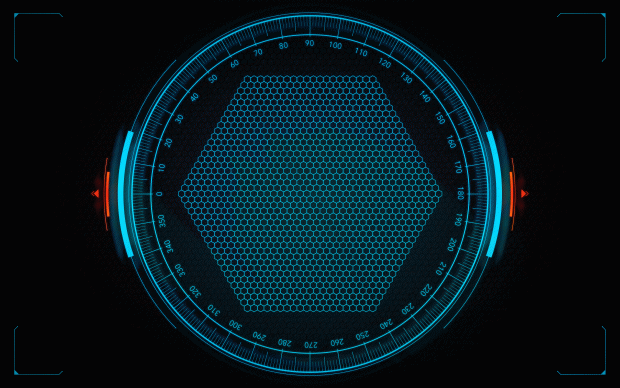
Breaking News
 Battleborn Batteries Responds! Their Overheating Device is a "Feature" not a "Problem
Battleborn Batteries Responds! Their Overheating Device is a "Feature" not a "Problem
 Actor Liam Neeson Outs Himself as MAHA After Narrating Pro-RFK Jr. Documentary Slamming...
Actor Liam Neeson Outs Himself as MAHA After Narrating Pro-RFK Jr. Documentary Slamming...
 Kyle Rittenhouse announced on social media Wednesday that he has tied the knot.
Kyle Rittenhouse announced on social media Wednesday that he has tied the knot.
 JUST IN: President Trump Grants Tina Peters Pardon
JUST IN: President Trump Grants Tina Peters Pardon
Top Tech News
 Build a Greenhouse HEATER that Lasts 10-15 DAYS!
Build a Greenhouse HEATER that Lasts 10-15 DAYS!
 Look at the genius idea he came up with using this tank that nobody wanted
Look at the genius idea he came up with using this tank that nobody wanted
 Latest Comet 3I Atlas Anomolies Like the Impossible 600,000 Mile Long Sunward Tail
Latest Comet 3I Atlas Anomolies Like the Impossible 600,000 Mile Long Sunward Tail
 Tesla Just Opened Its Biggest Supercharger Station Ever--And It's Powered By Solar And Batteries
Tesla Just Opened Its Biggest Supercharger Station Ever--And It's Powered By Solar And Batteries
 Your body already knows how to regrow limbs. We just haven't figured out how to turn it on yet.
Your body already knows how to regrow limbs. We just haven't figured out how to turn it on yet.
 We've wiretapped the gut-brain hotline to decode signals driving disease
We've wiretapped the gut-brain hotline to decode signals driving disease
 3D-printable concrete alternative hardens in three days, not four weeks
3D-printable concrete alternative hardens in three days, not four weeks
 Could satellite-beaming planes and airships make SpaceX's Starlink obsolete?
Could satellite-beaming planes and airships make SpaceX's Starlink obsolete?
With a Simple Twist, a 'Magic' Material Is Now the Big Thing in Physics

Pablo Jarillo-Herrero is channeling some of his copious energy into a morning run, dodging startled pedestrians as he zips along, gradually disappearing into the distance. He'd doubtlessly be moving even faster if he weren't dressed in a sports coat, slacks and dress shoes, and confined to one of the many weirdly long corridors that crisscross the campus of the Massachusetts Institute of Technology. But what he lacks in gear and roadway he makes up for in determination, driven by the knowledge that a packed auditorium is waiting for him to take the podium.
Jarillo-Herrero has never been a slacker, but his activity has jumped several levels since his dramatic announcement in March 2018 that his lab at MIT had found superconductivity in twisted bilayer graphene — a one-atom-thick sheet of carbon crystal dropped on another one, and then rotated to leave the two layers slightly askew.
The discovery has been the biggest surprise to hit the solid-state physics field since the 2004 Nobel Prize–winning discovery that an intact sheet of carbon atoms — graphene — could be lifted off a block of graphite with a piece of Scotch tape. And it has ignited a frenzied race among condensed-matter physicists to explore, explain and extend the MIT results, which have since been duplicated in several labs.
The observation of superconductivity has created an unexpected playground for physicists. The practical goals are obvious: to illuminate a path to higher-temperature superconductivity, to inspire new types of devices that might revolutionize electronics, or perhaps even to hasten the arrival of quantum computers. But more subtly, and perhaps more important, the discovery has given scientists a relatively simple platform for exploring exotic quantum effects. "There's an almost frustrating abundance of riches for studying novel physics in the magic-angle platform," said Cory Dean, a physicist at Columbia University who was among the first to duplicate the research.

 First totally synthetic human brain model has been realized
First totally synthetic human brain model has been realized Mach-23 potato gun to shoot satellites into space
Mach-23 potato gun to shoot satellites into space

